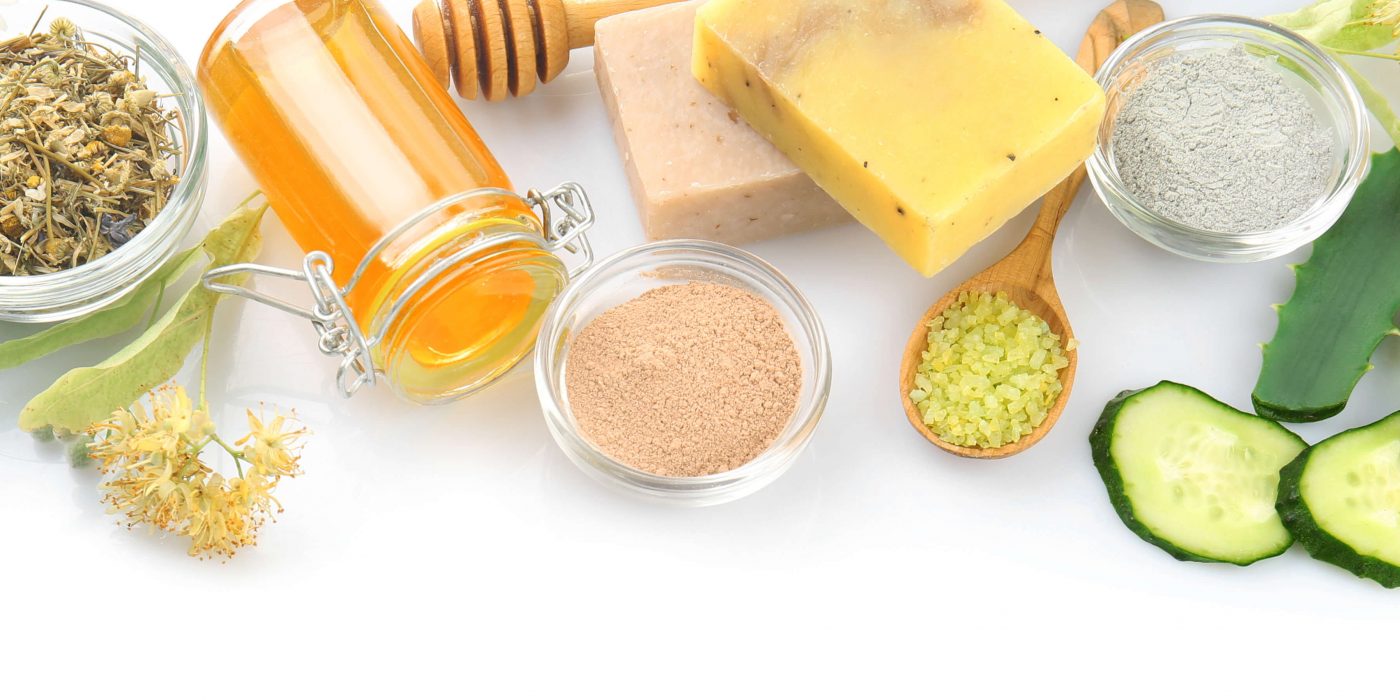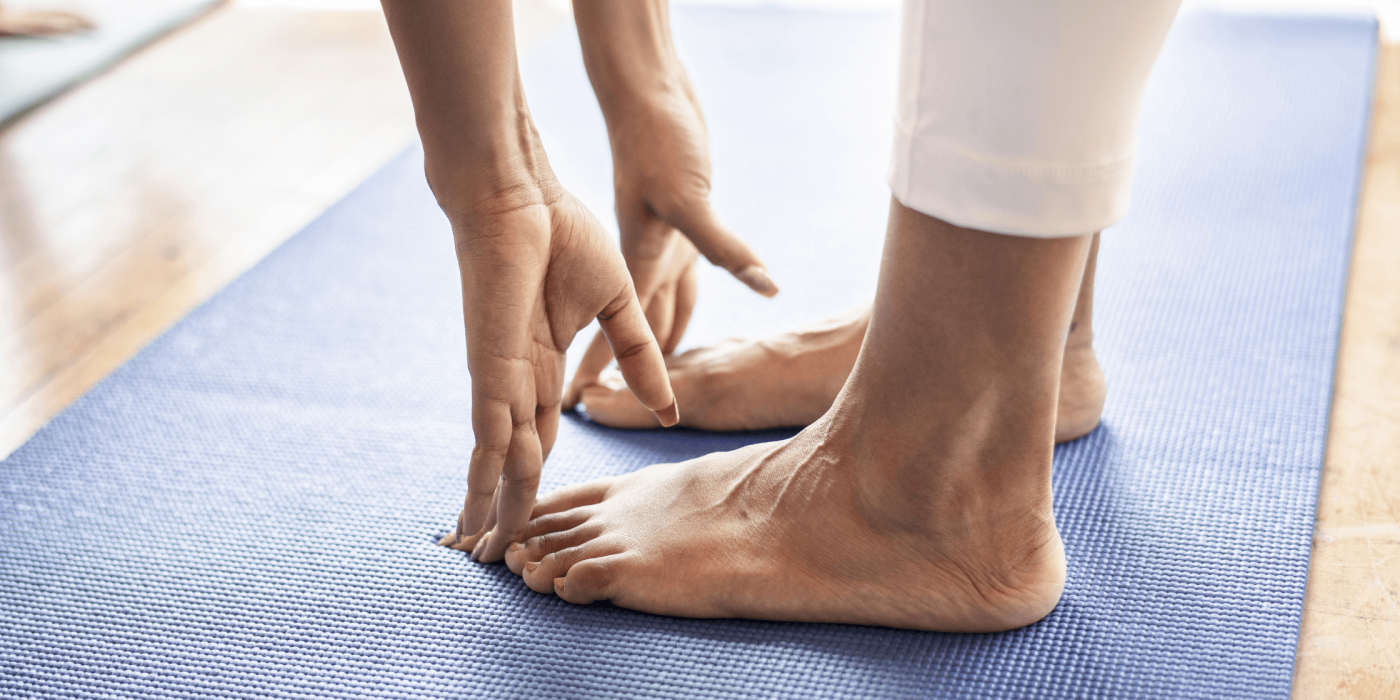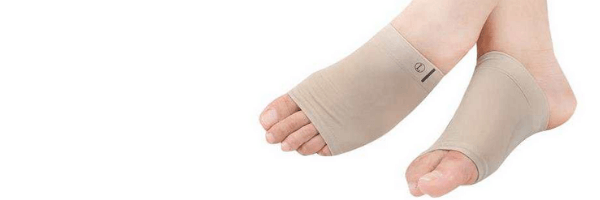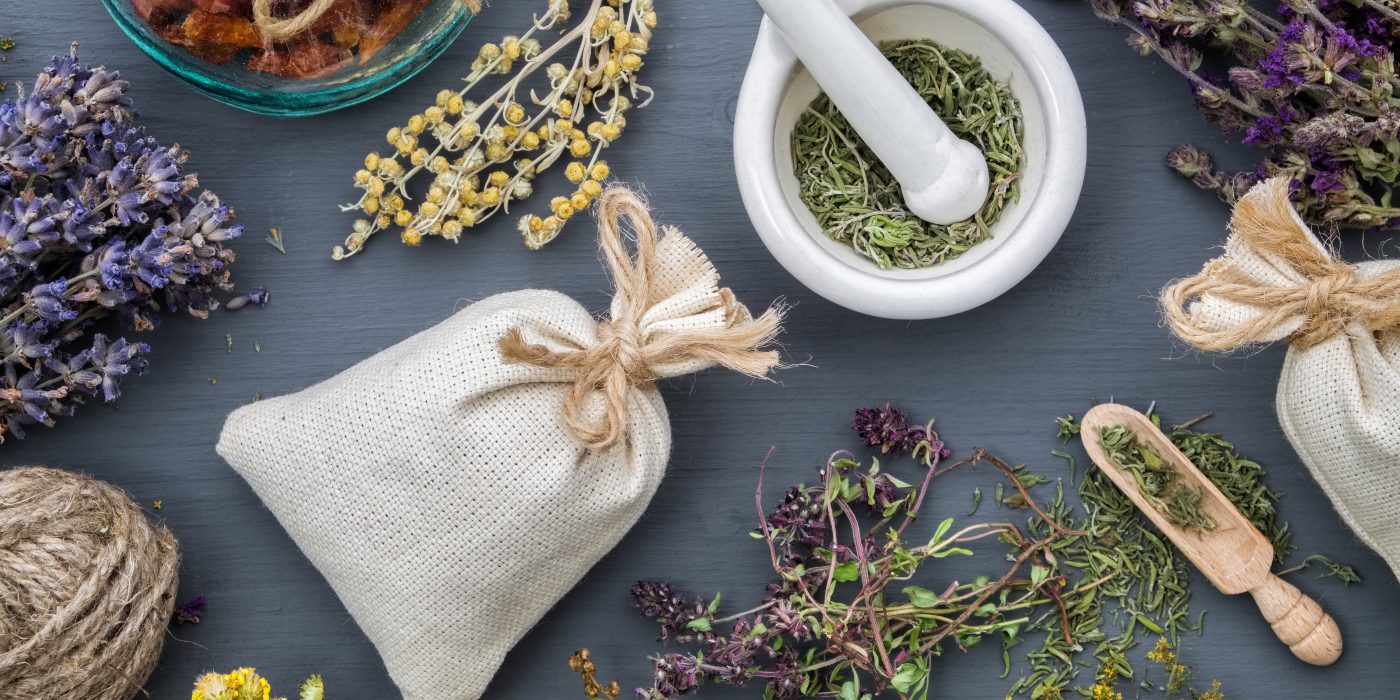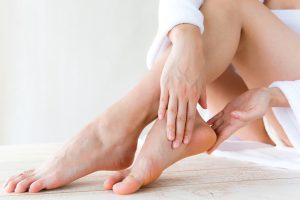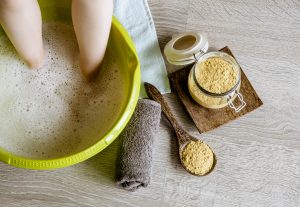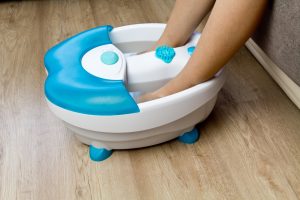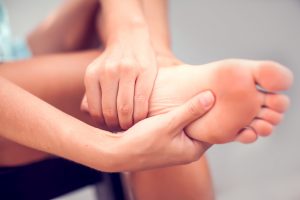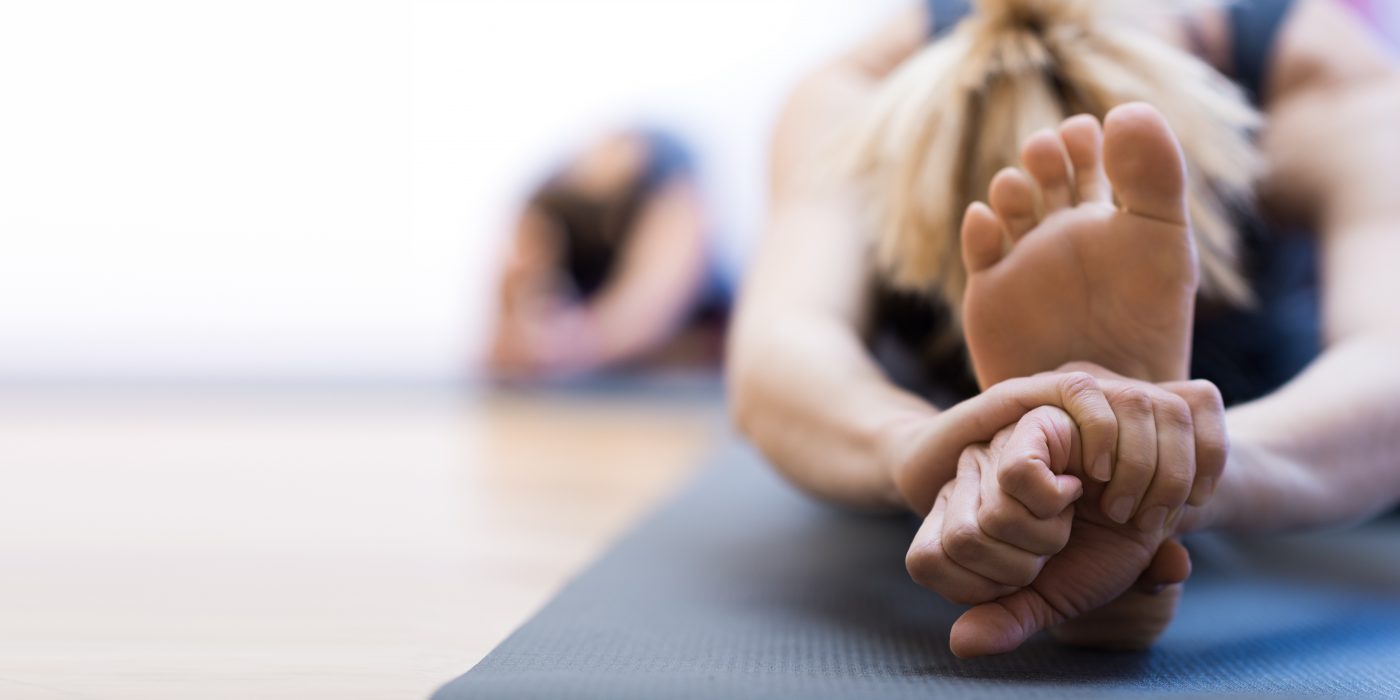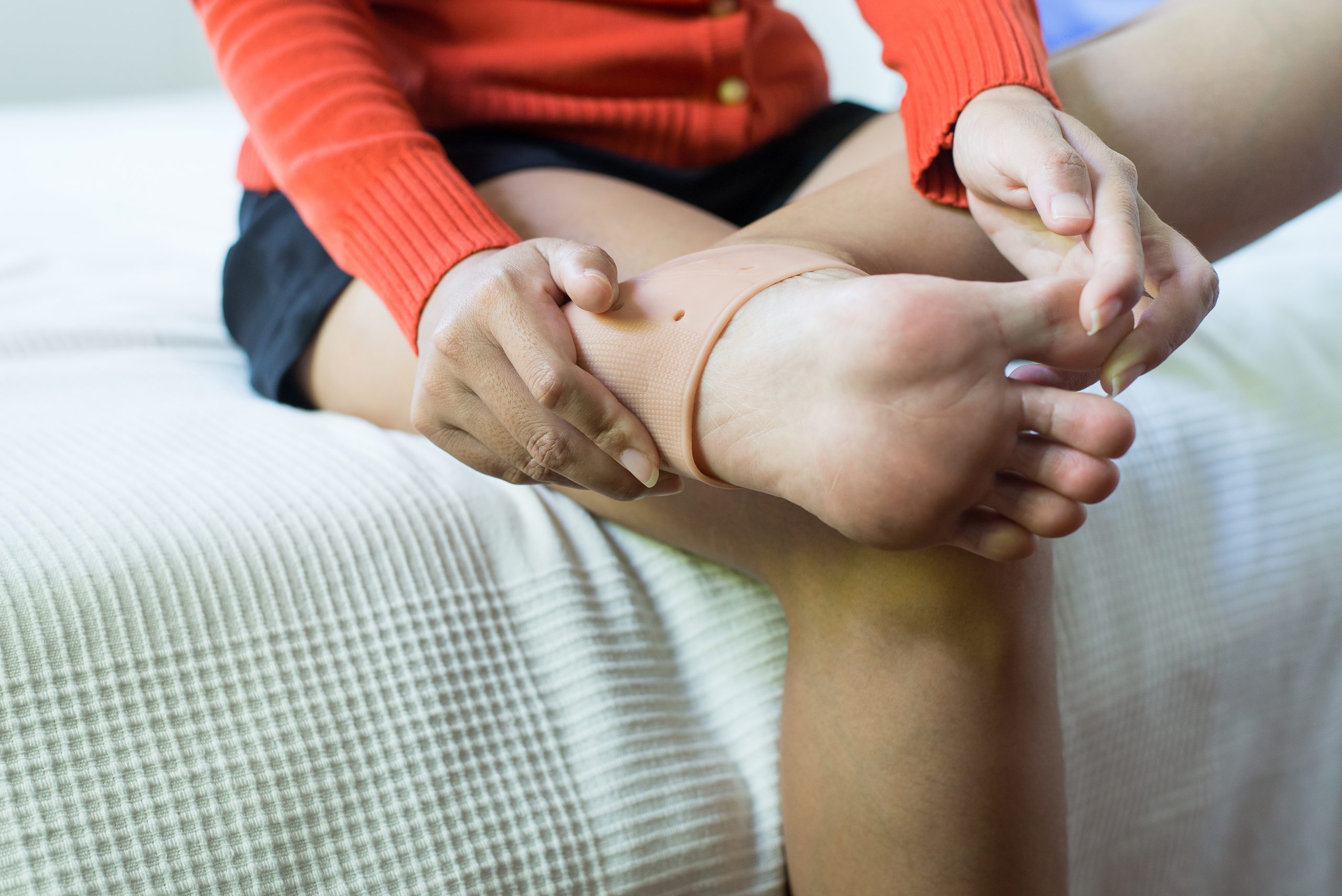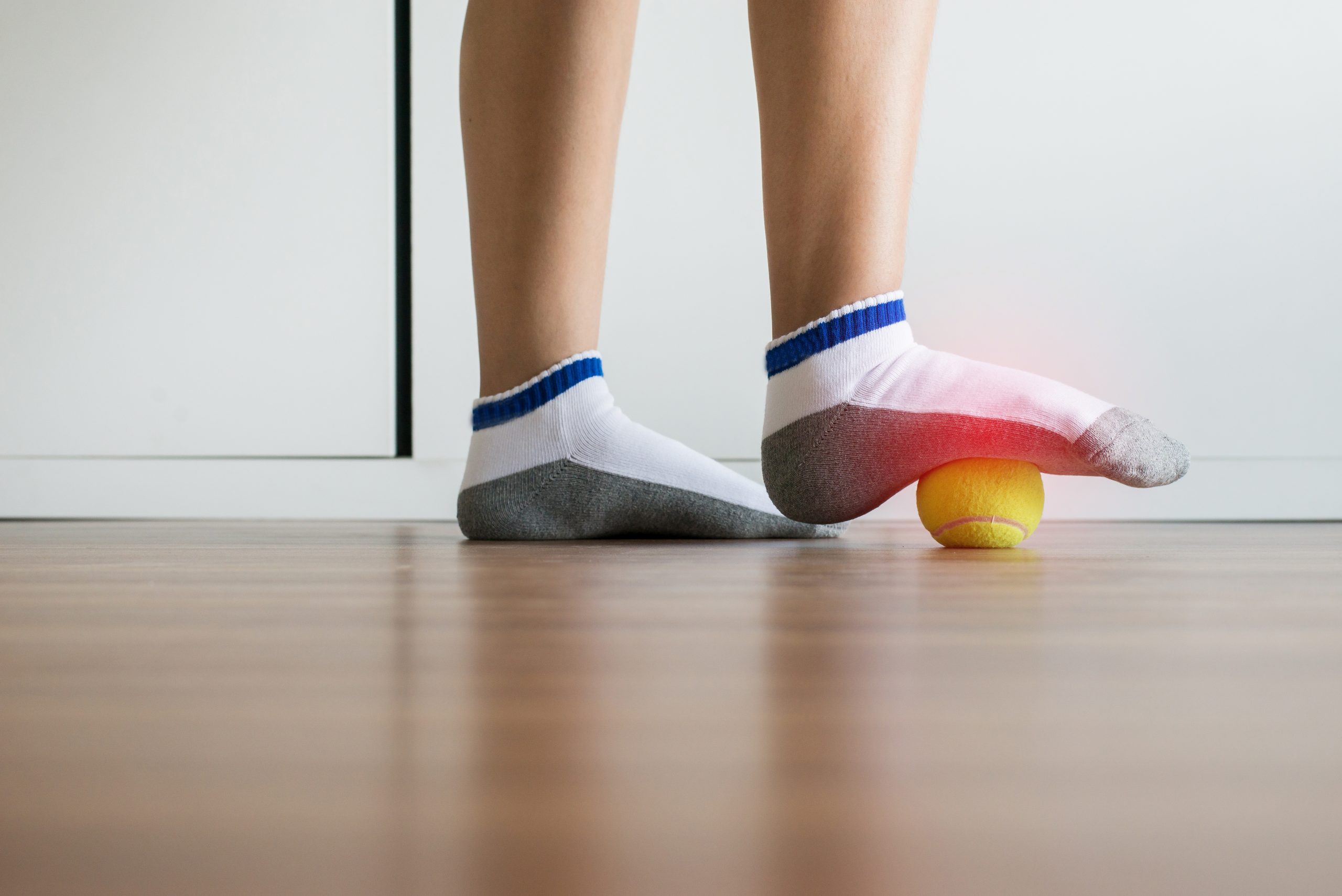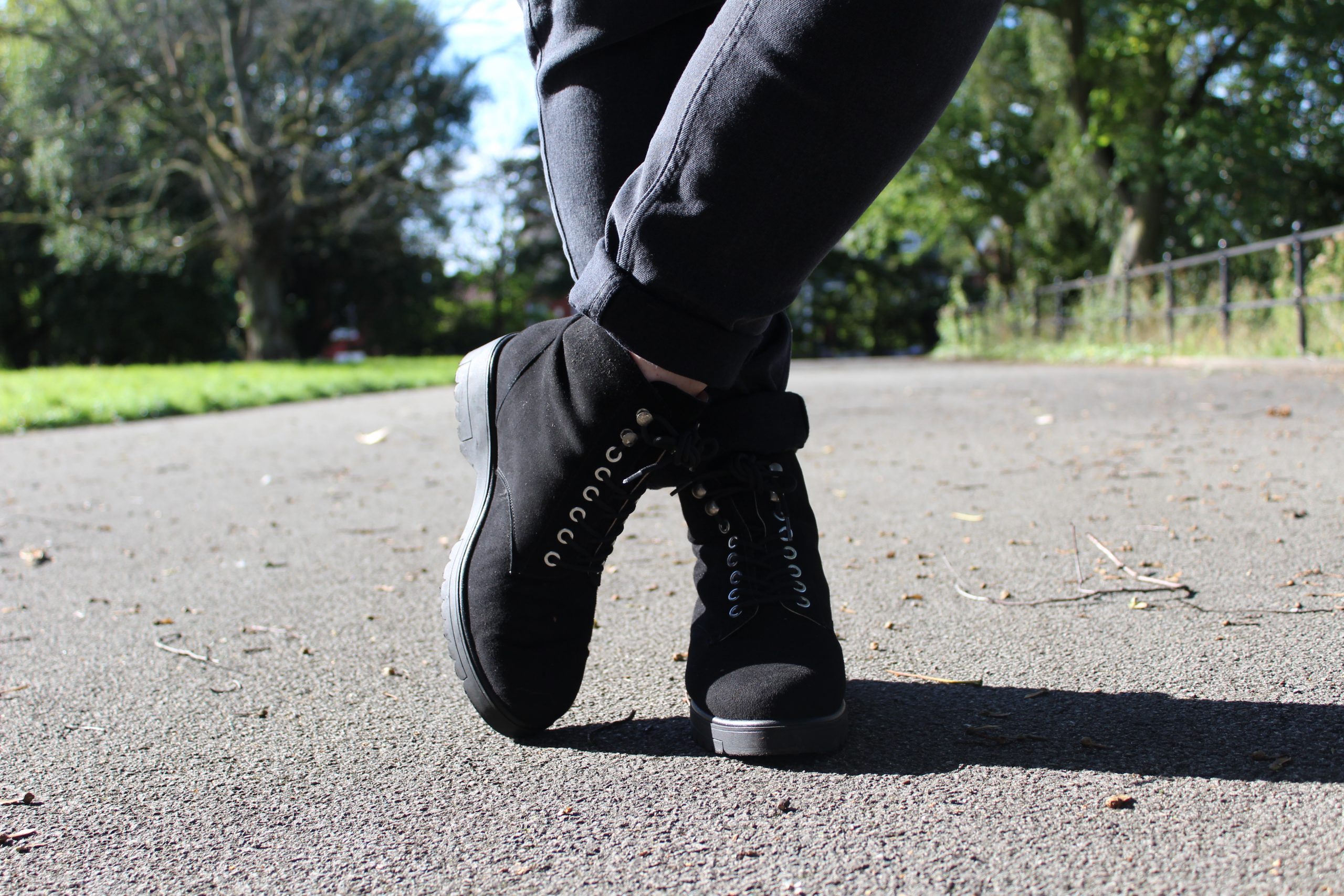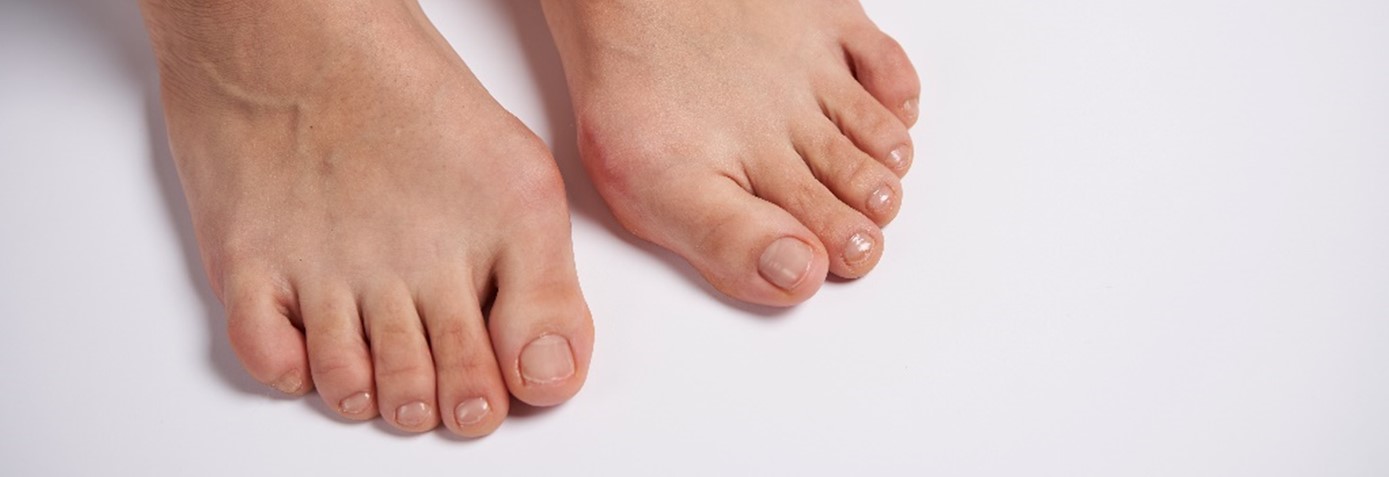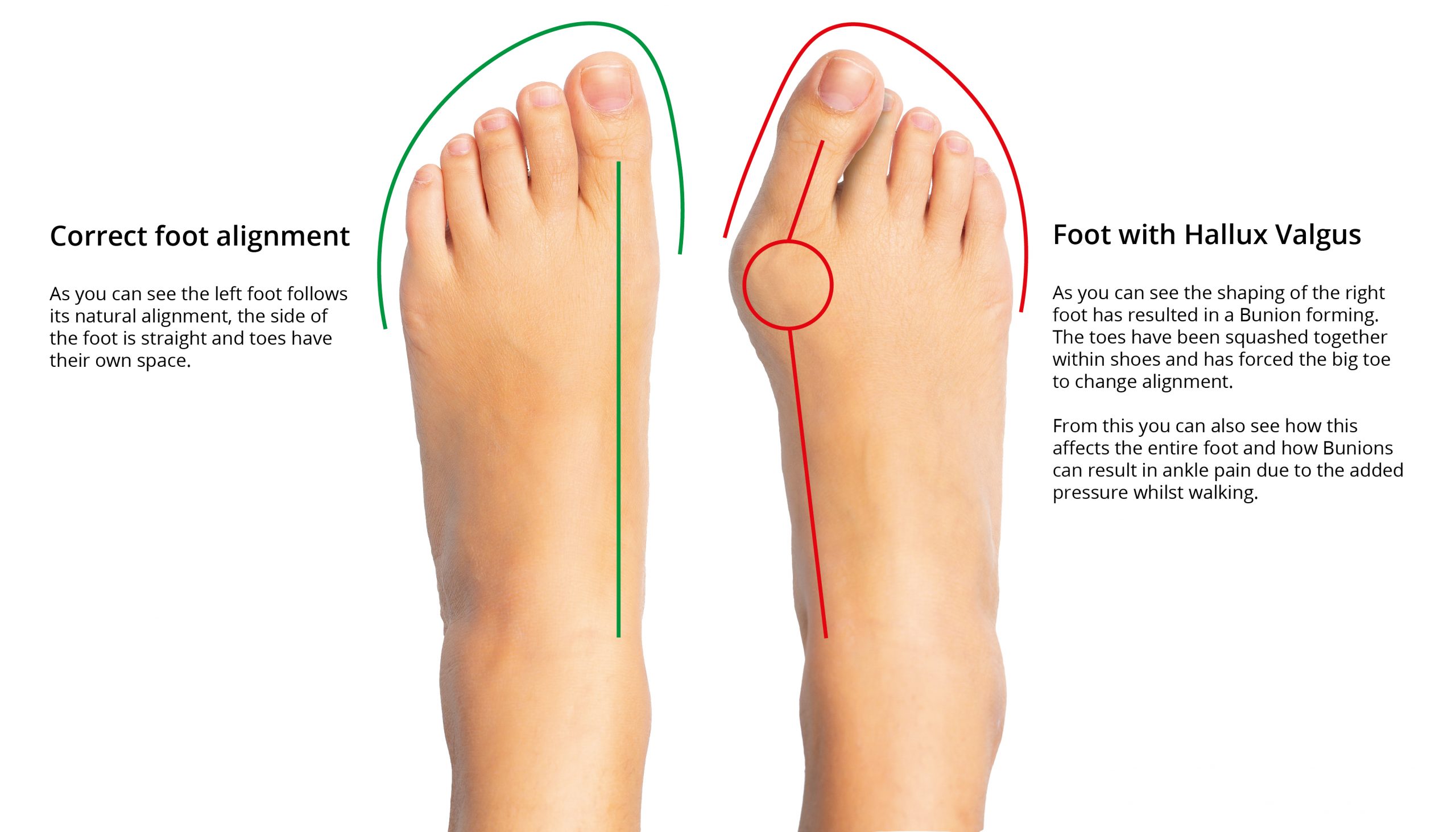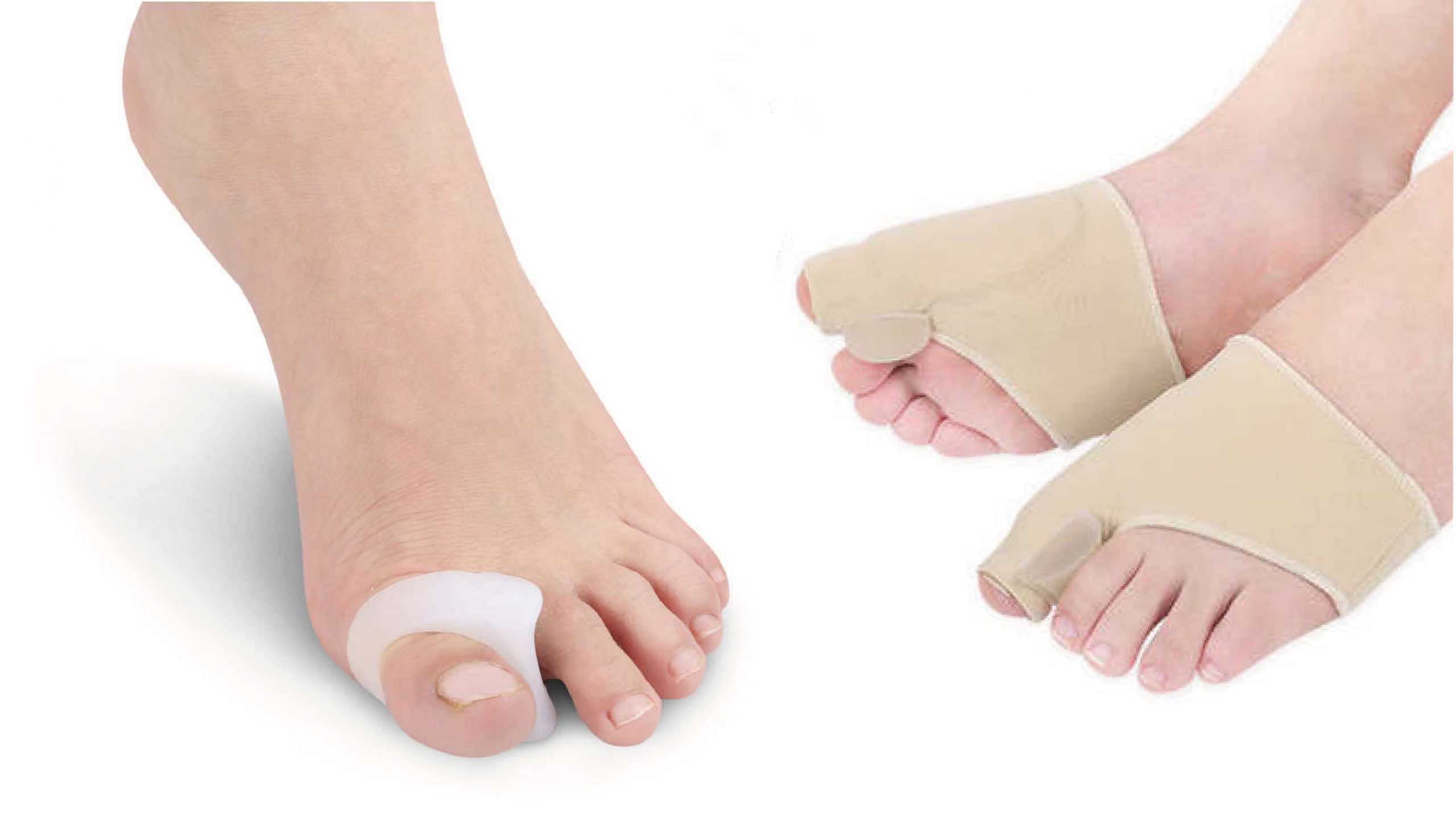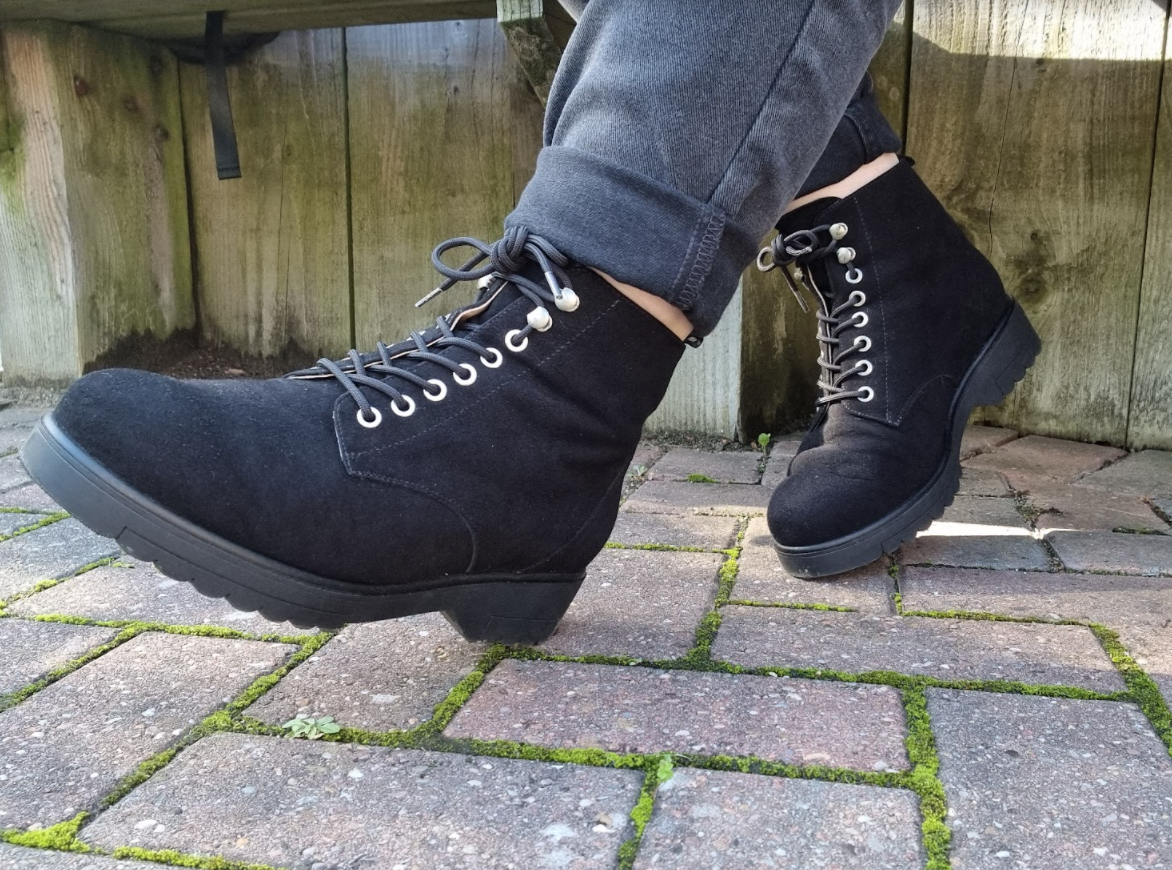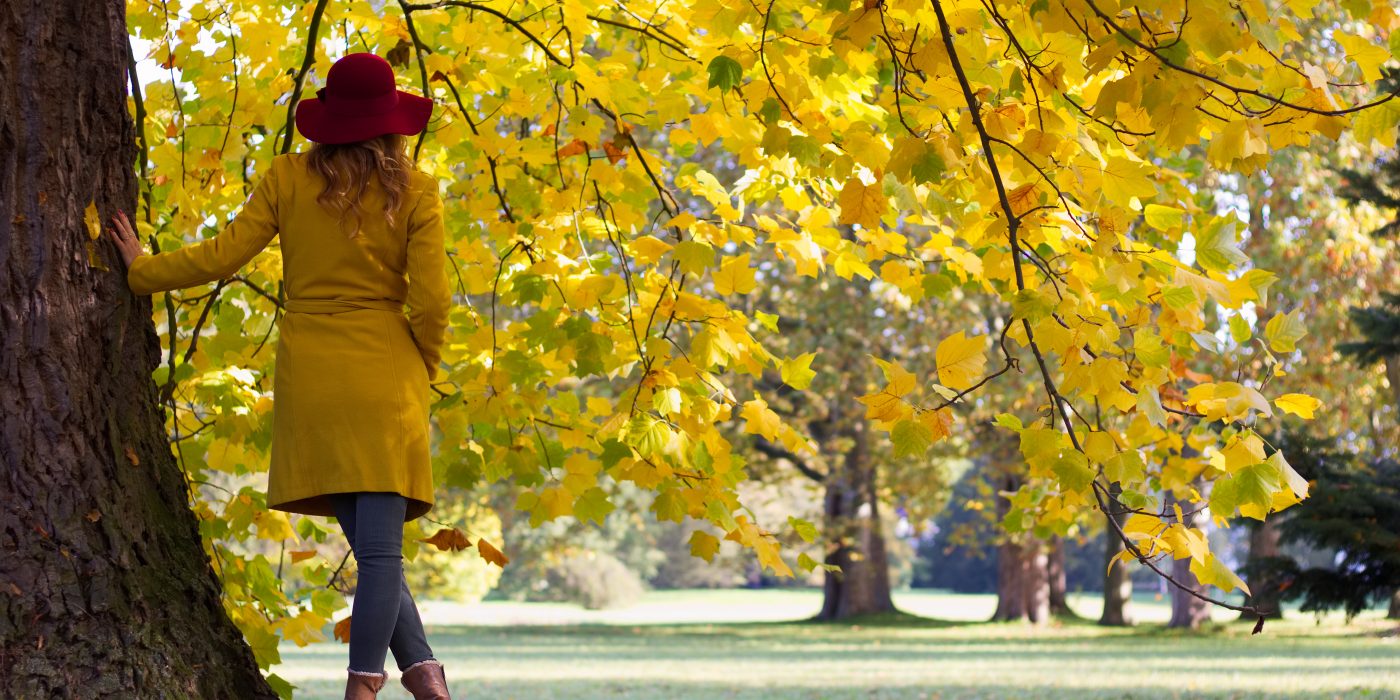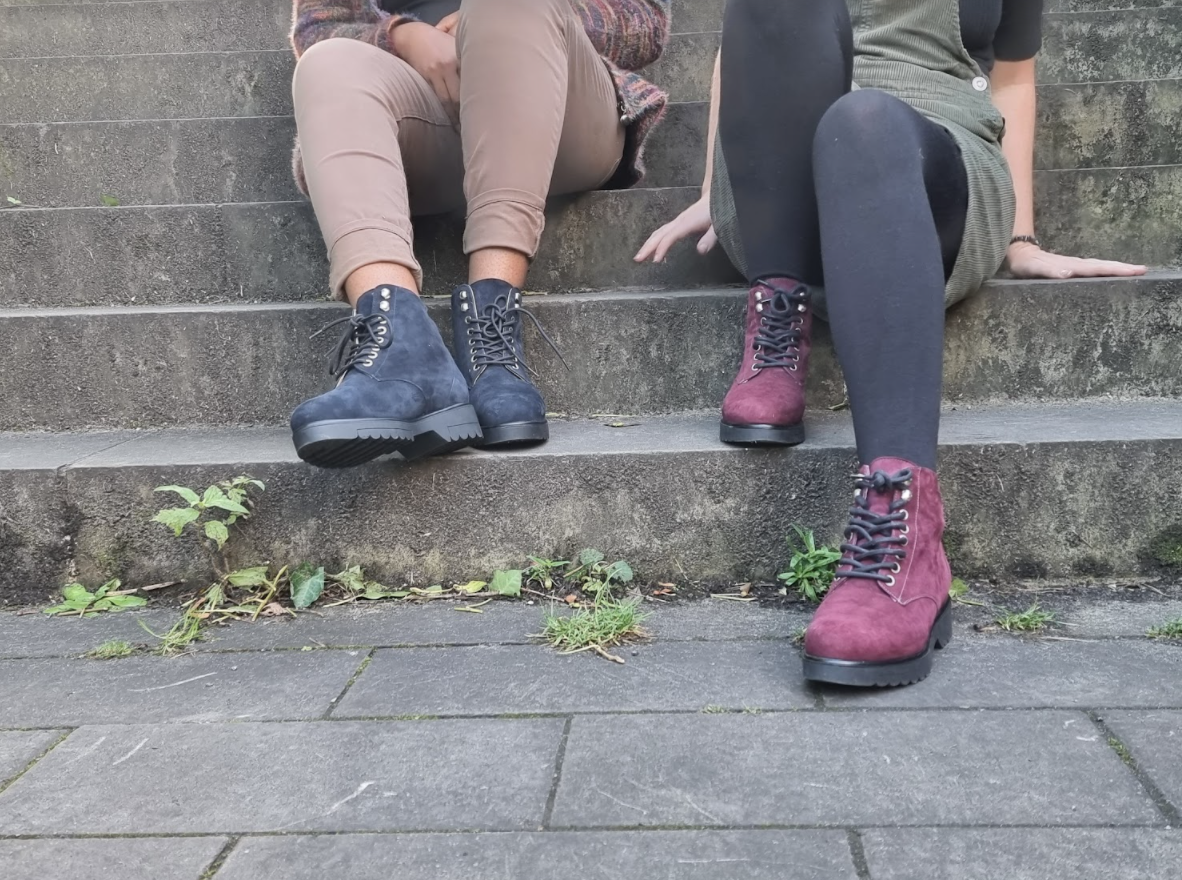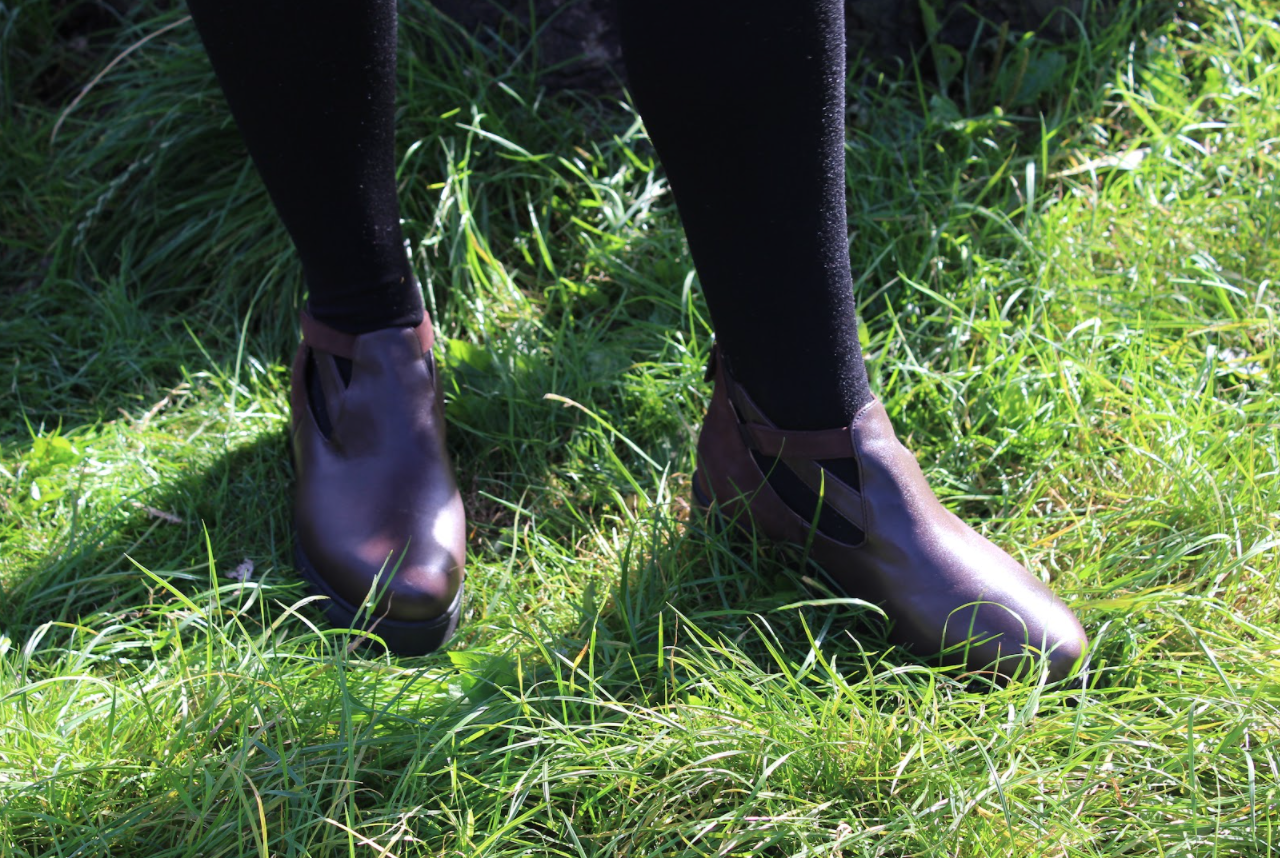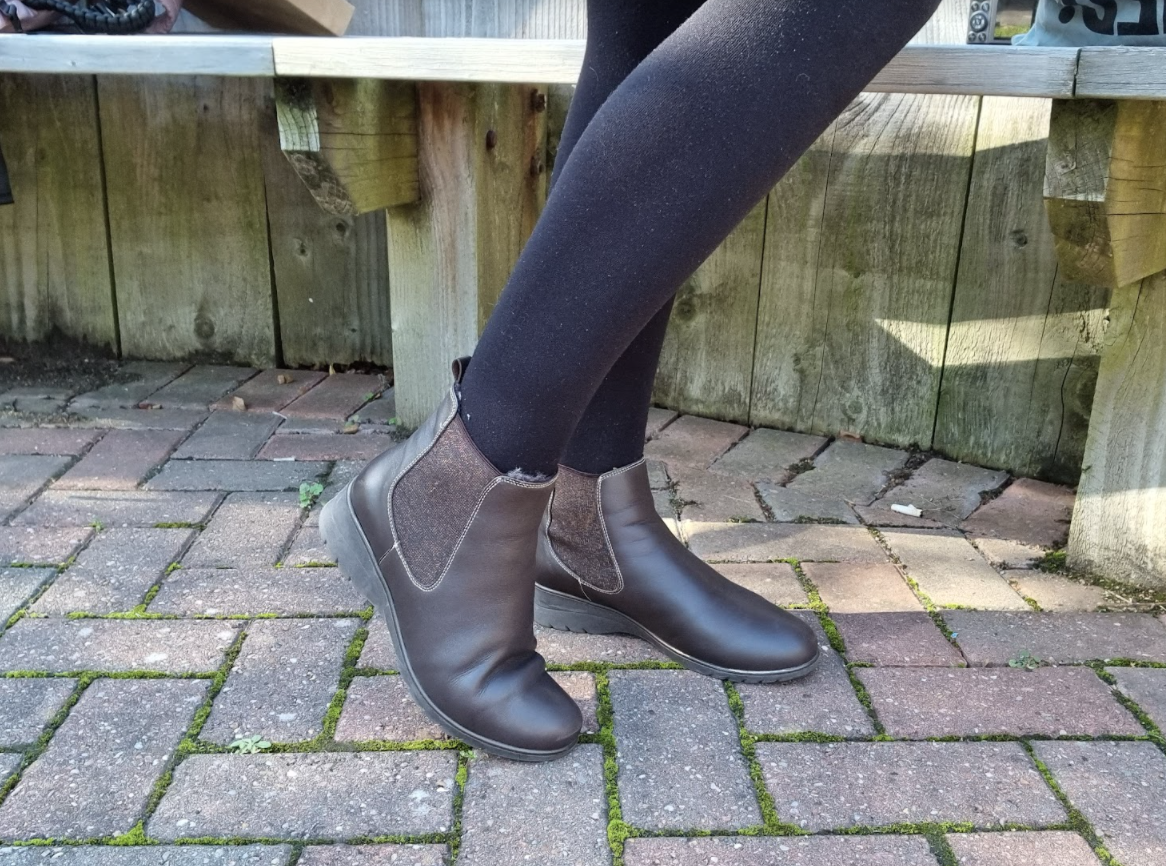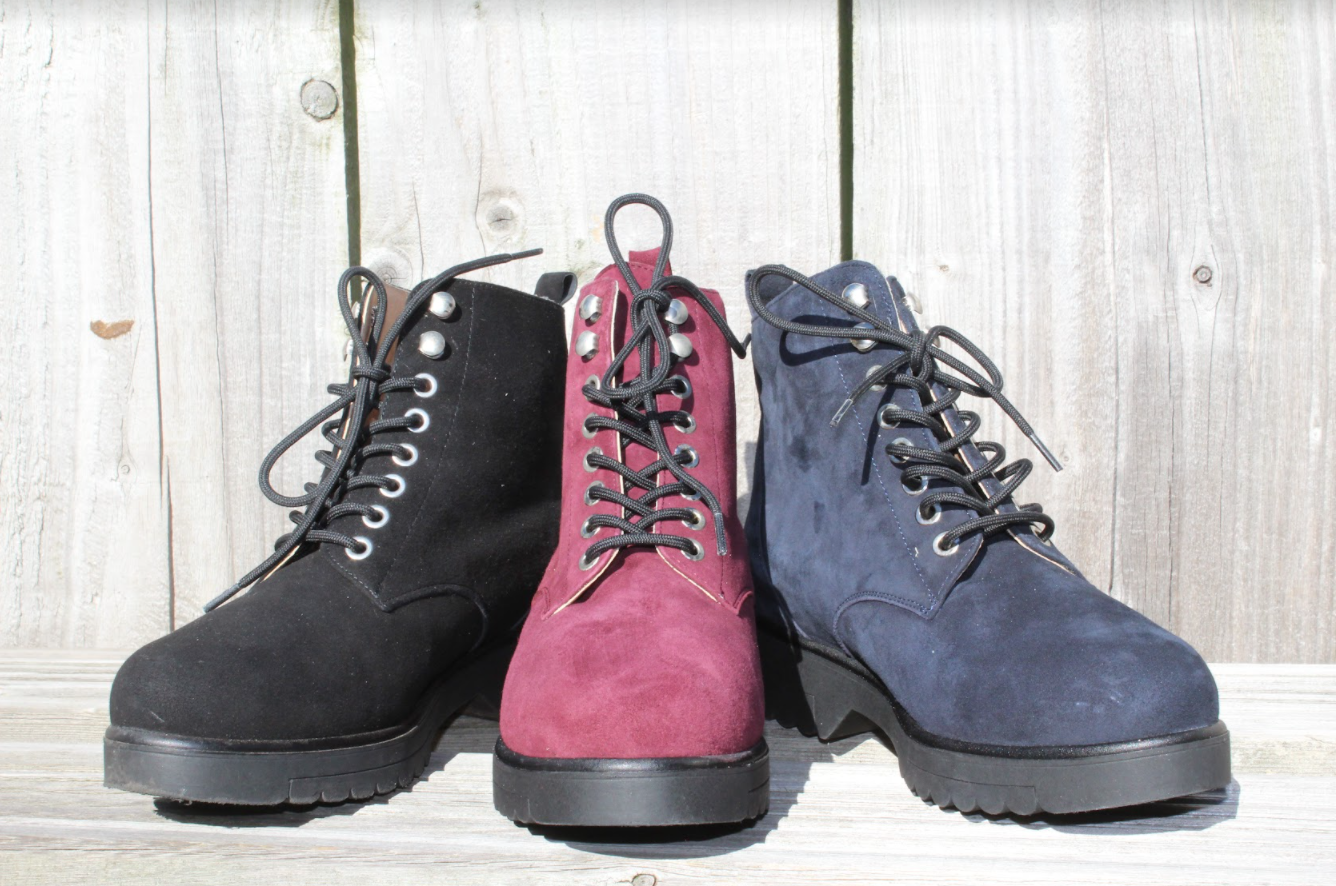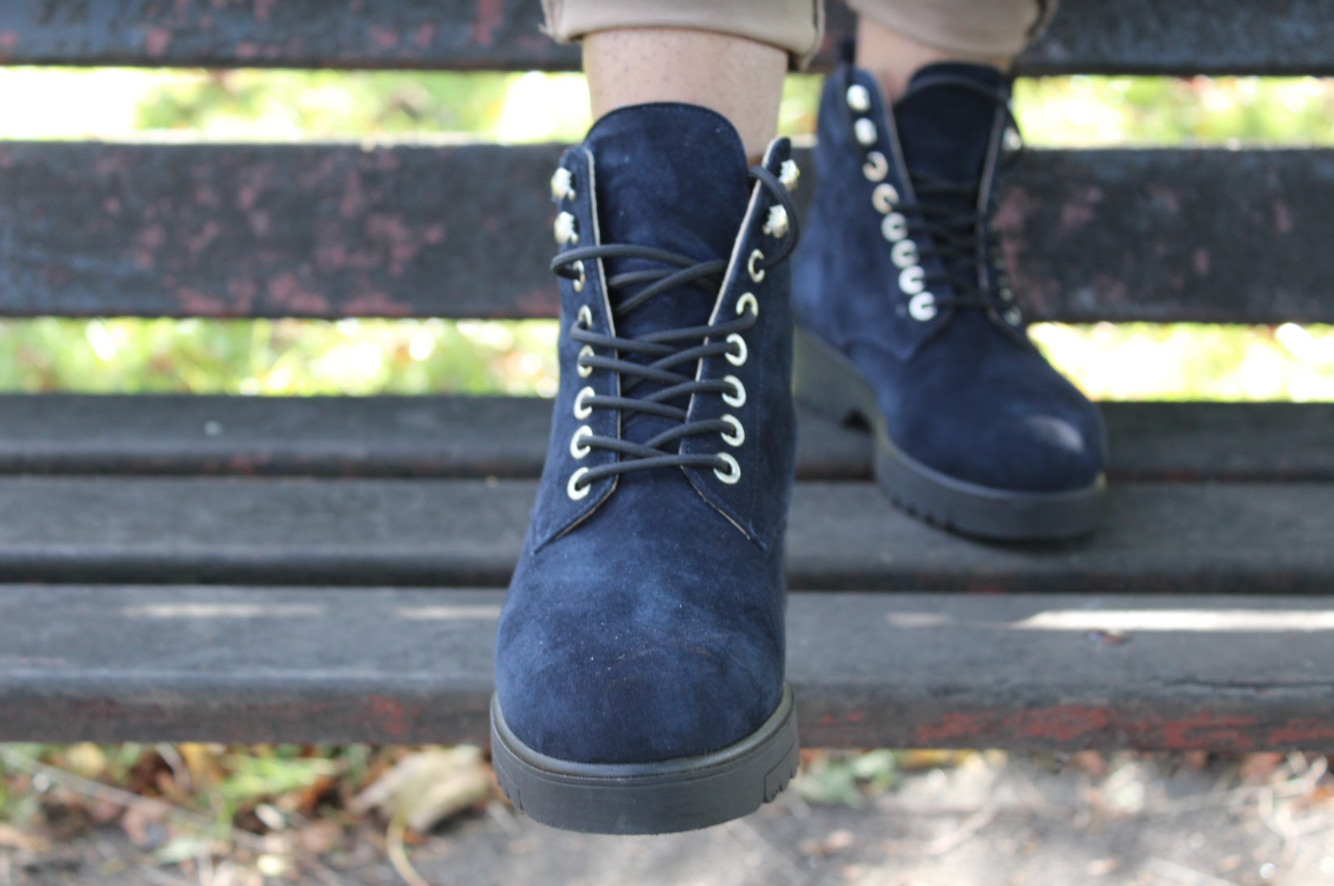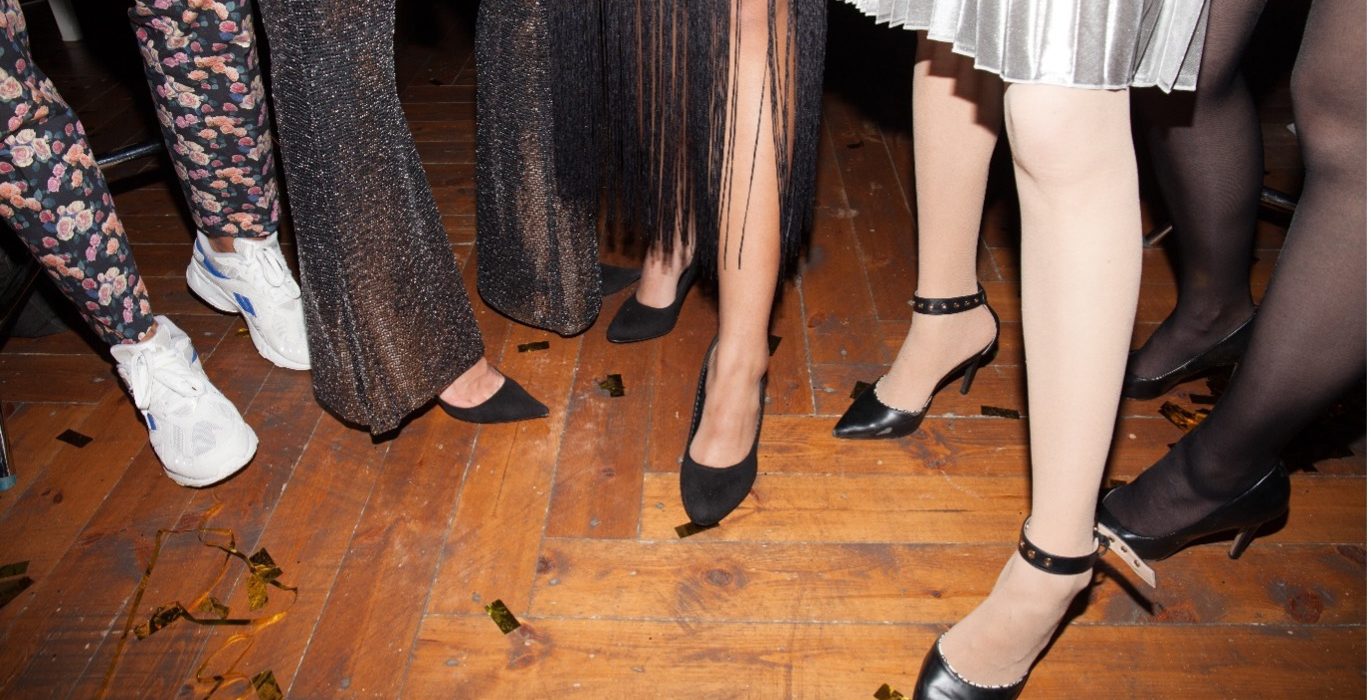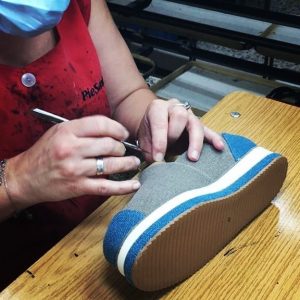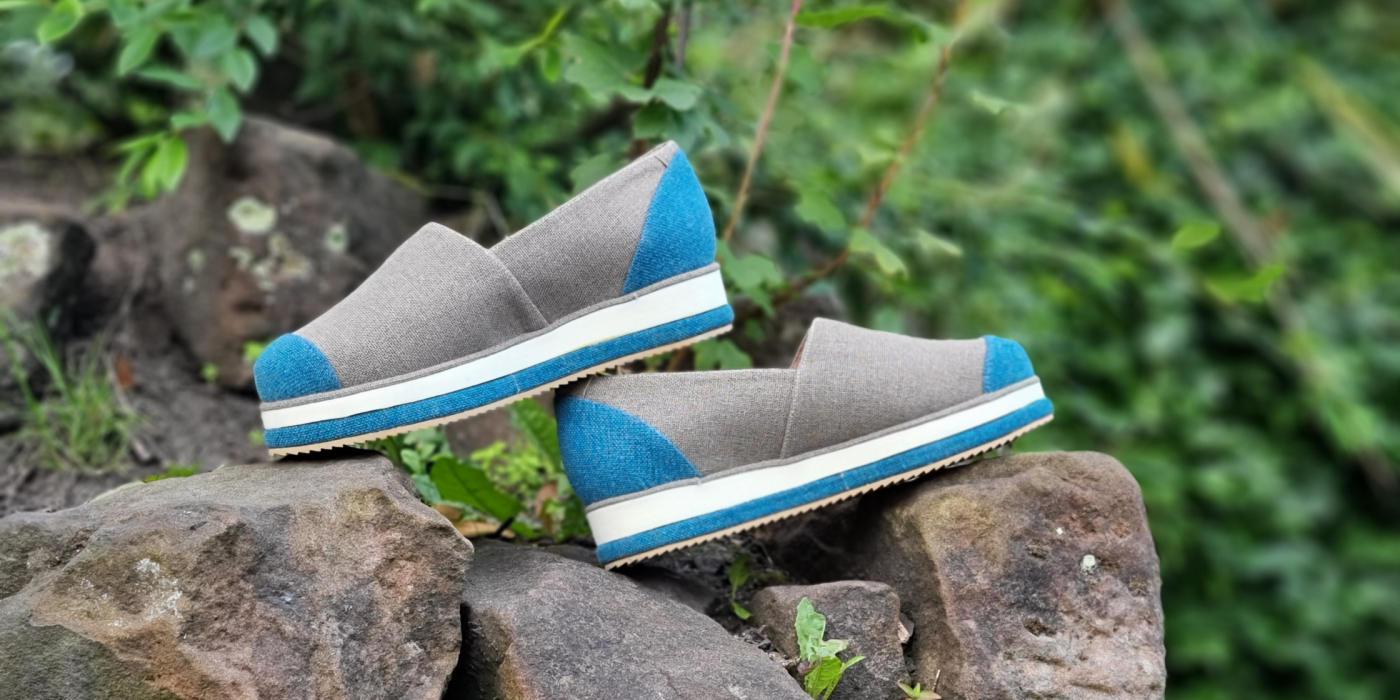5 Natural Remedies for Foot Health
When it comes to foot pain, your plans for the day can often grind to a halt. In some cases, this may even be for weeks or months. The good news is there are many natural remedies for most common foot ailments with science-backed evidence supporting improvement to foot health.
Read on to learn about these simple, holistic remedies for foot pain that doctors recommend for plantar fasciitis, bunions, and more.
Essential Oil Foot Soak

Tea tree oil is an essential oil popular for its use as a natural anti-fungal treatment. A foot soak with tea tree essential oil can aid and prevent fungal nail, treat odour, and help with cut and wound healing. Tea tree oil is very strong and should be adequately diluted, use no more than 4 drops in a foot bath with warm water, or risk eye and respiratory irritation. For sore feet and tight muscles, try eucalyptus essential oil for its anti-inflammatory and muscle relaxing benefits. Add 5 drops to a foot bath and soak for 20 minutes. This oil is a gentler oil and can also be mixed with a lotion or moisturiser and applied directly to the feet.
Epsom Salt and Sea Salt

An epsom salt foot soak can aid in pain relief and exfoliation, as well as having anti-fungal benefits. To exfoliate using Epsom salt, use the salt as a scrub on the dry areas of the feet whilst damp. Talk to your doctor about Epsom salt foot baths if you are pregnant or have any underlying health conditions and stop immediate use if you suffer any side effects such as itching or irritation.
Sea salt can also be used as it too is beneficial for the skin, is exfoliating and aids in circulation. Sea salt also contains trace minerals such as magnesium and zinc that can be good for the skin. A high-quality Dead Sea salt will contain the highest trace mineral content. Choose a coarser grain for more exfoliation and a finer grain for more sensitive skin.
Honey

Honey is a natural antibacterial and anti-fungal, being used as a natural aid for healing wounds for centuries. Using honey on your feet is a gentle and natural way to keep fungal outbreaks at bay whilst mistrusting and soothing dry and cracked skin. Some ways to use honey on your feet include:
- adding honey to your moisturiser or foot cream.
- making an overnight honey foot mask with runny honey and lemon.
- using honey as a massage lubricant before rinsing with warm water.
Doctor Fish

Pedicures by Red Garra fish, or “doctor fish”, have become a spa trend in recent years for their use in nibbling away the dead skin of the feet. In this spa treatment, feet are placed in a tank of the fish whilst they nibble away, leaving smooth, exfoliated skin. This trend has come into some controversy though with concerns about sanitation for flesh-eating fish and the use of cheaper, less tactful, fish being used over the expensive Red Garra in some treatment facilities. Before you go for this treatment, be careful to fully research any spa facility and read reviews.
Remedy 5: Coconut Oil

Coconut oil is a great way to hydrate the skin and aid in the prevention and treatment of cracked and dry feet. This thick oil helps create a barrier to ‘lock in’ moisture to the skin. Additionally, coconut oil is naturally an anti-fungal. To apply coconut oil, massage the oil all over the feet until warm and then use your thumbs in up-and-out T-shaped motions to massage the oil deep into the skin. Coconut oil is best used after feet are washed to prevent and replenish dryness.

